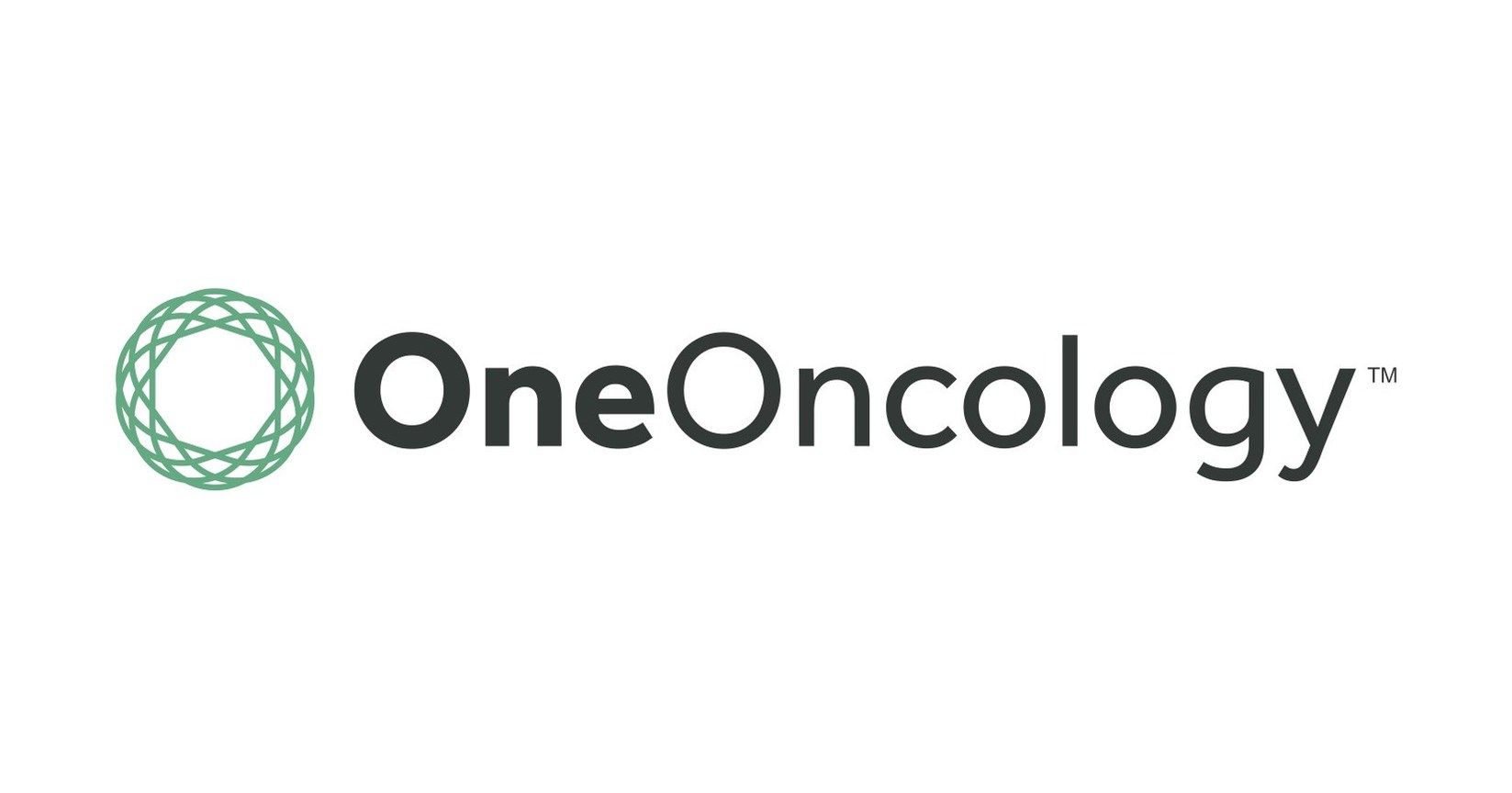Article
5 Things Narrow Networks Do to Harm Consumers
Author(s):
Efforts to rein in costs have come with strings attached, but the surprises that patients experience have drawn the attention of the National Association of Insurance Commissioners.
As consumers around the country complain about “surprise medical bills,” state lawmakers and regulators alike wonder how they can protect the public from the rougher edges of narrow networks.
These limited groups of providers, created by health plans to rein in costs, have become more common under the Affordable Care Act. While such networks may help keep a lid on spending, the downside isn’t always clear to consumers until an emergency happens or someone gets very sick.
During 2014 and 2015, the National Association of Insurance Commissioners—an association of regulators from all 50 states—gathered data about what was happening on the ground, then used it to develop model legislation to govern narrow networks. The Network Adequacy Model Act encourages states to seek greater consumer protections and transparency.
The model act’s foundation is the November 2014 report, “Ensuring Consumers’ Access to Care,” which identified 5 hidden ways that narrow networks pass on costs to consumers, often without regulatory scrutiny:
The secret out-of-network provider. When you planned your surgery, you took care to pick an in-network hospital, and everything was pre-approved. You have the paperwork to prove it! But wait, that pathologist who did the lab tests on your tissue—he’s not in your network? And now you have to pay him how much? These kinds of situations happen frequently, and patients often have no idea someone worked on their case until they get an unexpected bill.
The surprise balance bill after an emergency. Non-grandfathered plans are required to charge in-network cost-sharing rates for emergency services, even if they are provided by an out-of-network emergency department physician or hospital. But balance billing often happens anyway. Individual physicians and specialists frequently are not in the same network as the hospital—and who’s going to ask the person saving your life if he’s on your insurance plan? Also, once a person is stabilized and moved out the emergency department, he may face a decision: be admitted as an inpatient and face cost-sharing that could be 100%, or move to an in-network hospital in a weakened condition.
No specialist for you. Whether you live in the city or deep in the countryside, you may find a hard time locating certain specialists, such as a pediatric orthopedist or neonatologist. And your definition of “reasonable time frame,” which would allow you to get authorization to see someone outside the network to prevent unreasonable travel, may not be the same as that of your health plan.
The waiting is the hardest part. What’s worse than having an uncommon condition? Having a condition that lots of people have! This can mean the number of providers is not adequate to meet demand, and it can take weeks to get an appointment. Consumers who cannot wait that long may give up and go to an out-of-network physician, which means they pay more—perhaps the entire cost of the visit.
The ugly truth: the plan doesn’t cover it. Some patients with rare or chronic conditions who need access to an academic medical center will be given truly bad news: the plan will not pay at all. Across the country, facilities like specialty stroke centers or cancer centers that perform clinical trials are finding themselves left out of narrow networks. This can be true of plans sold on the federal exchanges, and in some states insurance commissioners have intervened. In some cases, the plan may authorize care, but with higher out-of-pocket costs.




